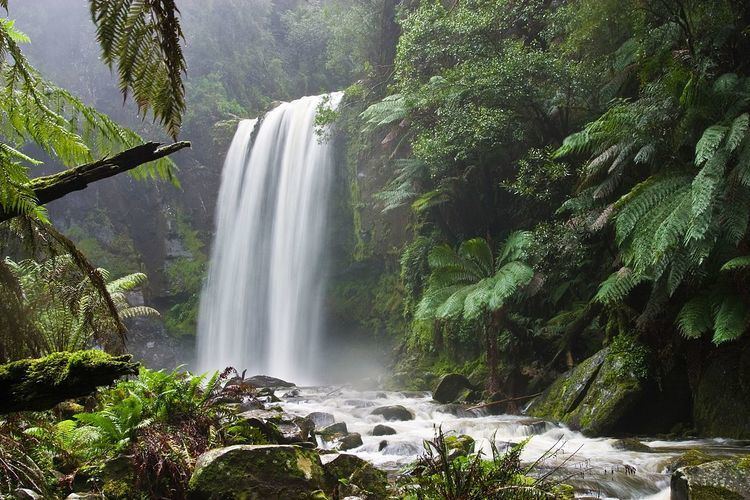 | ||
Conspicuous conservation is an idea that grew out of conspicuous consumption. It refers to the relatively recent phenomenon of engaging in activities that are environmentally friendly in order to obtain or signal a higher social status. According to a 1978 article by Ronald D. White, the concept of "conspicuous conservation" was first used by economist Seymour Sacks. Jeff Mikulina, then-executive director of the Hawaii Chapter of the Sierra Club, mentioned the term in 2005. The term was invoked separately in 2010 by Berkeley researchers Sexton and Sexton.
Vladas Griskevicius, Joshua M. Tybur, and Bram Van den Bergh (2010) argue that buying "green products" can be construed as altruistic. Because altruistic behavior might function as a costly signal of social status, conspicuous conservation can be interpreted as a signal of high status. Experiments showed that activating status motives led people to choose green products over more luxurious nongreen products. The status motive increases the willingness to buy green products in public (but not in private) settings and in settings where green products cost more than nongreen products. According to the authors, status competition can thus be used to promote proenvironmental behavior.
